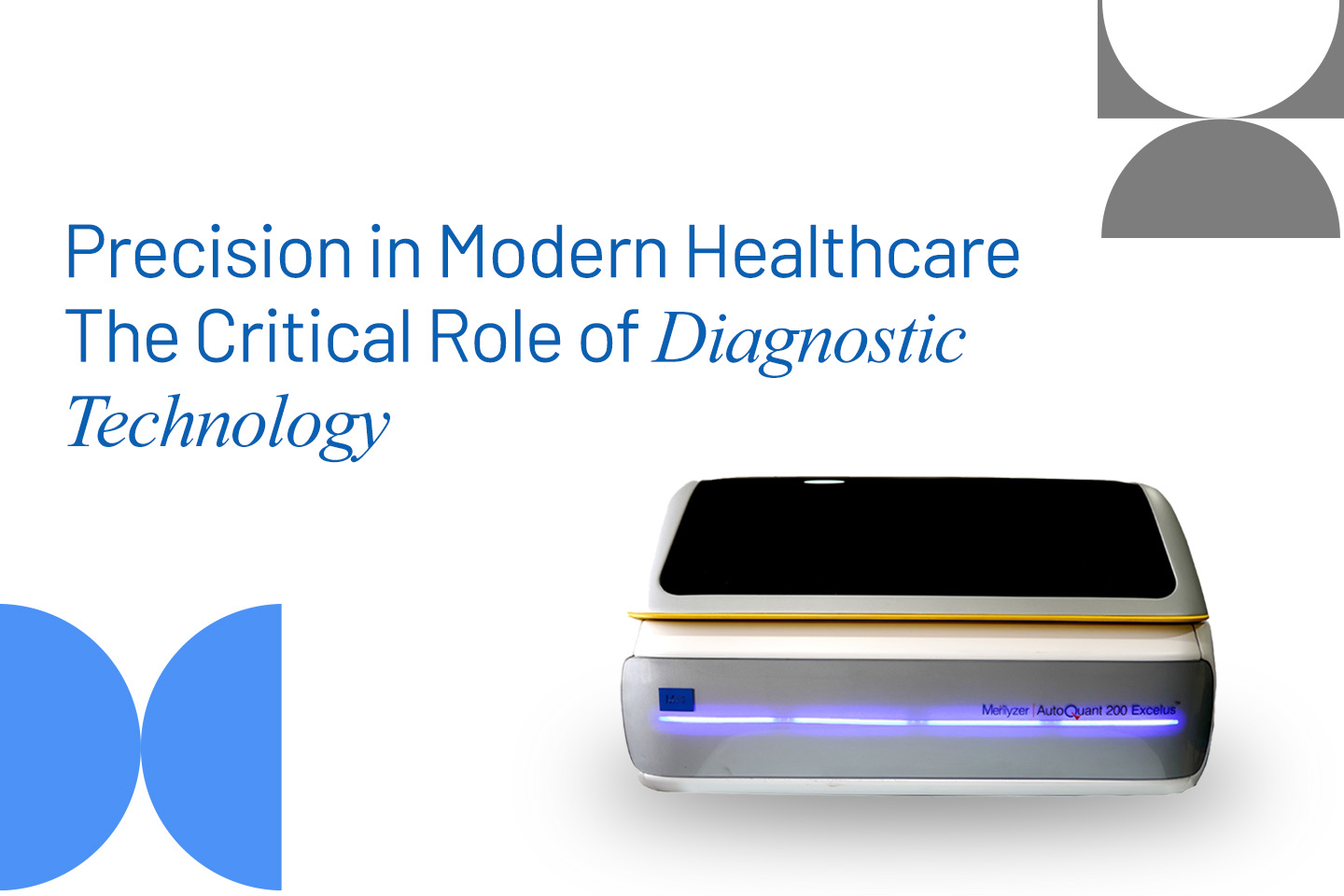Medical Devices
Innovation and Laboratory Management Strategies

Role of Lean – Six Sigma and Brain-to-Brain Loop for Laboratory Testing.
There has been continuous challenge in the health care system to provide better diagnosis, while improving quality credentials along with cost reduction. The new laboratory business strategy is combining revenue generation with quality health care, through Lean Six Sigma.
The concept of Lundberg loop, commonly known as the brain- to-brain loop for laboratory testing originates from the brain of the primary care physician who is involved in selecting the laboratory tests and ends in the final reporting of the test result to the ordering physician. Basically, there are pre-examination, examination and post examination steps involved in the total process.
Identification of bottleneck points associated with each step became possible after the concept was introduced. It is important to manage the competing pressures of quality and cost for sustainability of any laboratory, and also introduce novel approaches for reducing costs without sacrificing quality.
Dr. Barnali Das (MD, DNB, PGDHHM, Green Belt - Six Sigma) Consultant
Dr. Barnali Das (MD, DNB, PGDHHM, Green Belt - Six Sigma) Consultant, Biochemistry & Immunology, Kokilaben DhirubhaiAmbani Hospital, Mumbai, shares her rich experience in the field of laboratory management & strategies. In quest of laboratory management reform and innovation, national and international In-Vitro Diagnostics (IVD) Industry plays a significant role.
It has undergone a paradigm shift in its functional ability and is currently the driving force in research techniques and disease detection. Over the years, Indian diagnostic market is showing huge potential driven by detection of infectious diseases, clinical chemistry products, immunoassays, molecular diagnosis, Point of care (POC) technologies, cancer testing and cardiovascular diagnosis, and therapeutic drug monitoring etc.
Innovations can be under following Categories: screening , disgnosticss, prognostication, therapeutics and surveillance, for example,
- Rapid or POC testing for screening in hospital and homecare settings,
- Diagnostic kits,
- Risk stratification tools,
- Artificial intelligence (AI) technologies,
- Surveillance biomarkers
Robust growth of product innovation during this current COVID 19
We have already seen that robust growth of product innovation during this current COVID 19 pandemic globally and also in Indian IVD market. There is need of public-private partnership in new-age research techniques to encourage research & development in the Indian IVD sector.
Now in reference to chemistry & immunoassay products, Total Cost of Ownership (TCO) is a concept that facilitates hospitals and laboratories to identify the factors that result in increased costs. The basic goal of TCO is to identify the source of operational inefficiencies across your whole laboratory operation and improve productivity.
The impact of direct and indirect costs on a laboratory’s budget can be significant, and proper management of these costs is crucial for making operational improvements. By considering a holistic approach for managing laboratory operations, it is possible to have a remarkable impact on performance of, and in turn bring immense value to your health care institution.
The need is to pursue Lean-Six sigma in a hospital laboratory, in order to improve laboratory process management, Turn Around Time (TAT) and eliminate error in test results. One needs to use current state value stream maps to identify opportunities for using Lean – Six Sigma strategies in the laboratory process flow.
To this end, the latter has to be designed according to the DMAIC flow, i.e., Define, Measure, Analyze, Improve and Control. This requires knowledge of tools like, Project charter, SIPOC (Suppliers, Inputs, Process, Outputs & Customers), CTQ (Critical to Quality) tree, VOC (Voice of Customer), and VOB (Voice of Business). Finally, one can calculate defects per million opportunities (dpmo) and refer to Sigma conversion table to get the value of the Sigma Rating. In the define phase, the tools we used are project charter, critical to quality.
The measure phase
In the measure phase, we use data plots & patterns, process capability. Here we calculate defects per million opportunities and express the value as sigma rating. In the analyze phase, tools used are root cause analysis. In the improve phase, we use decision analysis matrix. In the control phase, the tools are control charts, audits etc. Furthermore, we can calculate sigma metrics of an individual test parameter.
We can customize our internal quality control strategy, i.e., IQC rules and frequency of IQC run for individual assays based on their Total Error Allowable (TEa), Coefficient of Variation (CV%) and Bias, that is:
Sigma-metric = (TEa– Bias)/CV.
Six Sigma QMS are driven by the quality
Six sigma concepts provide a quality management system (QMS) with many useful tools for managing quality in medical laboratories. Six Sigma QMS are driven by the quality required for the intended use of a test.
The most useful form for this quality requirement is the allowable total error. Calculation of a sigma-metric provides the best predictor of risk for an analytical examination process, as well as a design parameter for selecting the statistical quality control (SQC) procedure necessary to detect medically important errors. Simple point estimates of sigma at medical decision concentrations are sufficient for laboratory applications. A Six Sigma assay is one for which 99.99966% of results are error free, corresponding to 3.4 defects per million opportunities.
We can also employ method decision chart, operational specification chart and new QC frequency normogram in selecting appropriate risk assessment tools and quality control goals Lean-six sigma helped us in the elimination of non value added (NVA) steps, while focusing on the value added (VA) steps.
Lean-Six Sigma can achieve the following:
- reduction of time-traps,
- elimination of staff motion,
- elimination of unnecessary transportation,
- elimination of non value added (NVA) steps,
- verifying the business value added (BVA) steps,
- focusing on the value added (VA) steps,
- reduction of complexity in work flow process,
- decrease in error rates (ix) reduce number of reruns,
- enhancement of Turnaround time,
- cost saving,
- Enhanced operational productivity & confidence, resulting in satisfaction of customers
Lean-Six sigma therefore fullfils the need of providing close attention to the work flow of the laboratory and ensures that accurate and precise results are reported in a clinically relevant turnaround time. Thus, Lean-Six sigma promotes an environment emphasizing patient safety and quality patient care.





